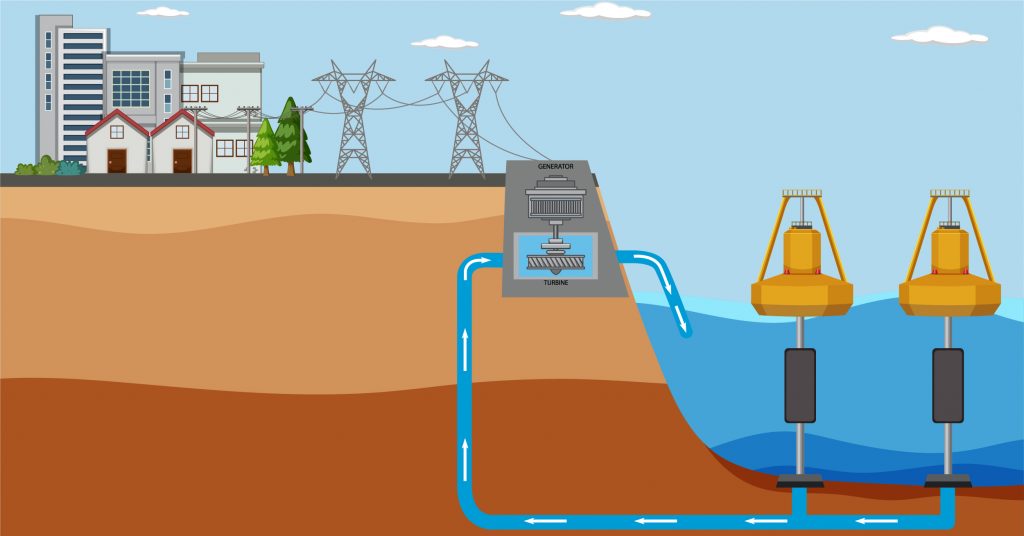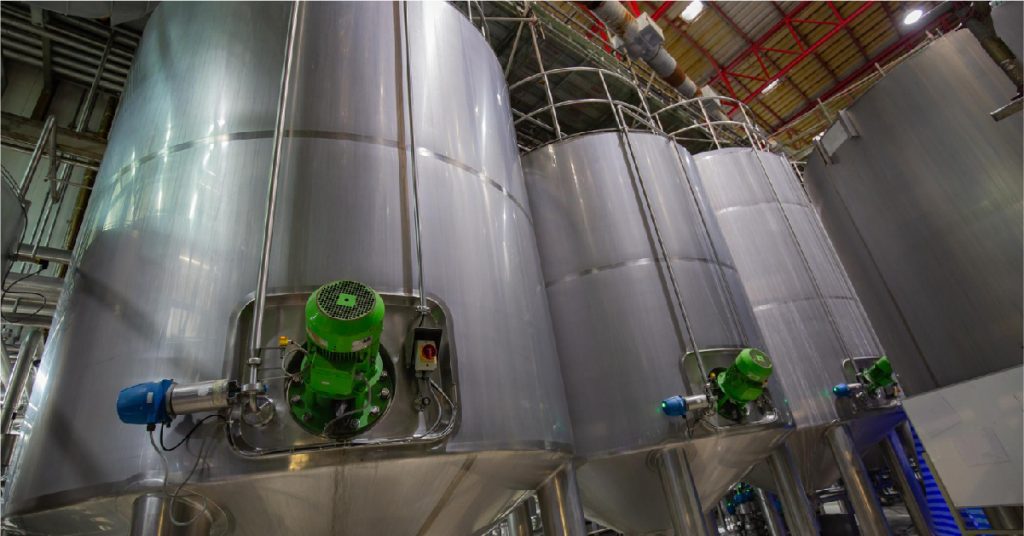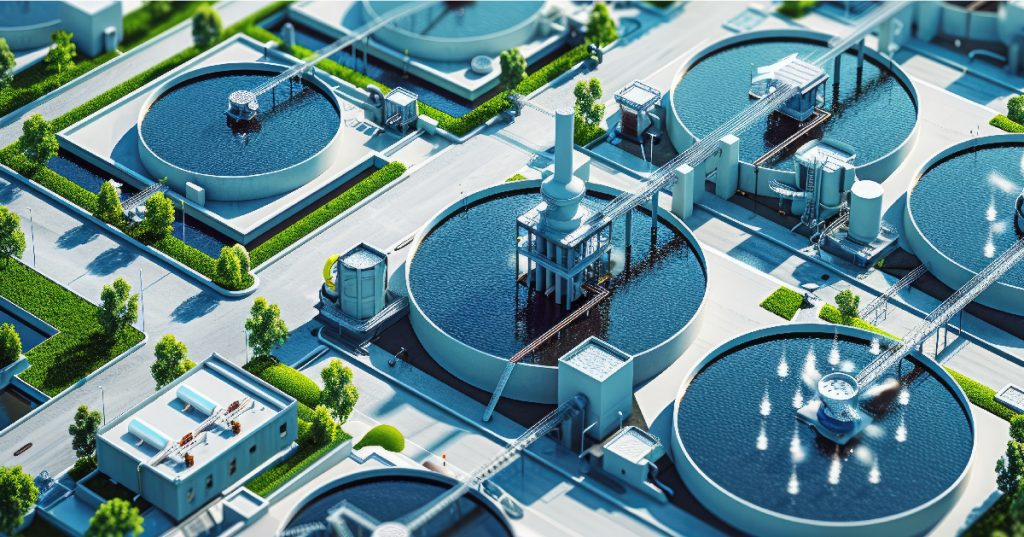As India’s population grows, so does the demand for clean water. Unfortunately, this increase in water consumption has led to a rise in wastewater that needs to be treated before being safely released back into the environment. Proper sewage management not only prevents water pollution but also conserves the country’s limited water resources. In this blog, we’ll explore what a sewage treatment plant is, the sewage treatment plant process, and the different types of sewage treatment plants used in India.
Table of Contents
ToggleWhat is a Sewage Treatment Plant?
A sewage treatment plant (STP) is a facility designed to remove contaminants from wastewater or sewage, ensuring it is safe for discharge into the environment or for reuse. These plants use a combination of physical, biological, and chemical processes to treat the sewage, separating harmful substances and rendering the water fit for disposal.
The sewage treatment plant process is essential in modern water management. It prevents untreated sewage from entering rivers, lakes, or oceans, thus protecting both human health and the environment. In India, STPs are an integral part of water conservation strategies, particularly in urban areas where wastewater is produced in large quantities. With initiatives like the Swachh Bharat Mission and the Namami Gange Programme, the government has made it a priority to set up more sewage treatment plants across the country.
Sewage Treatment Plant Process: An Overview
The sewage treatment plant process typically involves several stages of treatment, which ensure that the wastewater is cleaned thoroughly. These stages include:
- Pre-Treatment: This is the initial stage where large debris like sticks, plastics, and stones is removed from the sewage.
- Primary Treatment: In this stage, the sewage passes through sedimentation tanks, where solid waste settles to the bottom and oils and grease float to the surface.
- Secondary Treatment: This stage uses biological processes to break down organic matter.
- Tertiary Treatment: This is an advanced stage that involves chemical processes, such as disinfection, to remove any remaining pathogens and chemicals.
- Sludge Management: The byproduct of the sewage treatment plant process is sludge, which is treated separately.
Ion Exchange: Pioneering Innovation in Sewage Treatment Technology
Ion Exchange, a leading name in water treatment, has been instrumental in advancing sewage treatment plant technologies in India. Their innovative solutions incorporate the latest technologies, improving the efficiency and sustainability of sewage treatment plant processes.
INDION New Generation Packaged Sewage Treatment Plant (NGPSTP)
It is a state-of-the-art solution that combines the innovative technologies of lamella plate clarification and aeration, resulting in a highly efficient, ready-to-operate, prefabricated system for sewage treatment. This all-in-one single-tank packaged system is designed with a modular capacity ranging from 10 to 100 m3/d, making it both compact and user-friendly. Not only does it deliver high-quality effluent, but it also boasts features that cater to the specific needs of modern facilities. The NGPSTP’s advantages include minimal land usage, reduced power and chemical requirements, and low operating costs, making it an ideal choice for a wide range of applications while ensuring environmental sustainability and cost-effectiveness.
INDION NGPSTP-NR
It is an advanced sewage treatment solution that combines a fixed film reactor with lamella clarification, resulting in a high-performance, prefabricated system that is ready to operate. This all-in-one, modular design offers compact and simple operation with minimal maintenance. Built with an MS tank lined with FRP, it ensures no corrosion, delivering high-quality effluent while being efficient and easy to manage.
Sequencing Batch Reactor (SBR)
It is an advanced activated sludge process that operates in true batch mode, with both aeration and sludge settlement occurring within the same tank. Unlike conventional continuous-flow systems, which separate these functions into different spaces, the SBR performs them in a time sequence, offering greater flexibility. This design allows the SBR to handle varying influent volumes, making it adaptable to changing conditions, unlike the continuous system, which relies on a fixed flow rate.
Advanced Fluidized Media Reactor (AFMR) system
It is a compact single-tank design unit that integrates an aeration tank with floating media, a lamella settler, and a chlorine contact tank. The AFMR media boasts a high surface area, excellent physical and chemical resistance, and minimal annual losses. INDION’s Advanced FMR offers significant advantages, including reduced space requirements, lower power consumption due to the elimination of sludge recirculation, and minimal maintenance thanks to its design without moving mechanical parts.
Conclusion
In summary, a sewage treatment plant plays a vital role in ensuring that wastewater is treated properly before being released back into the environment. The sewage treatment plant process includes multiple stages all designed to remove contaminants and ensure that water is safe for disposal or reuse. With various types of sewage treatment plants available, each offers distinct advantages depending on the needs of the area it serves.
As India continues to urbanize, efficient sewage treatment is crucial to protecting the country’s water resources. Companies like Ion Exchange are at the forefront of innovation in sewage treatment technology, providing advanced solutions that meet the growing challenges of wastewater management. By adopting modern sewage treatment solutions, India can tackle its water challenges and ensure a cleaner, more sustainable future.
Get in touch with the experts at Ion Exchange today for innovative sewage treatment solutions.





